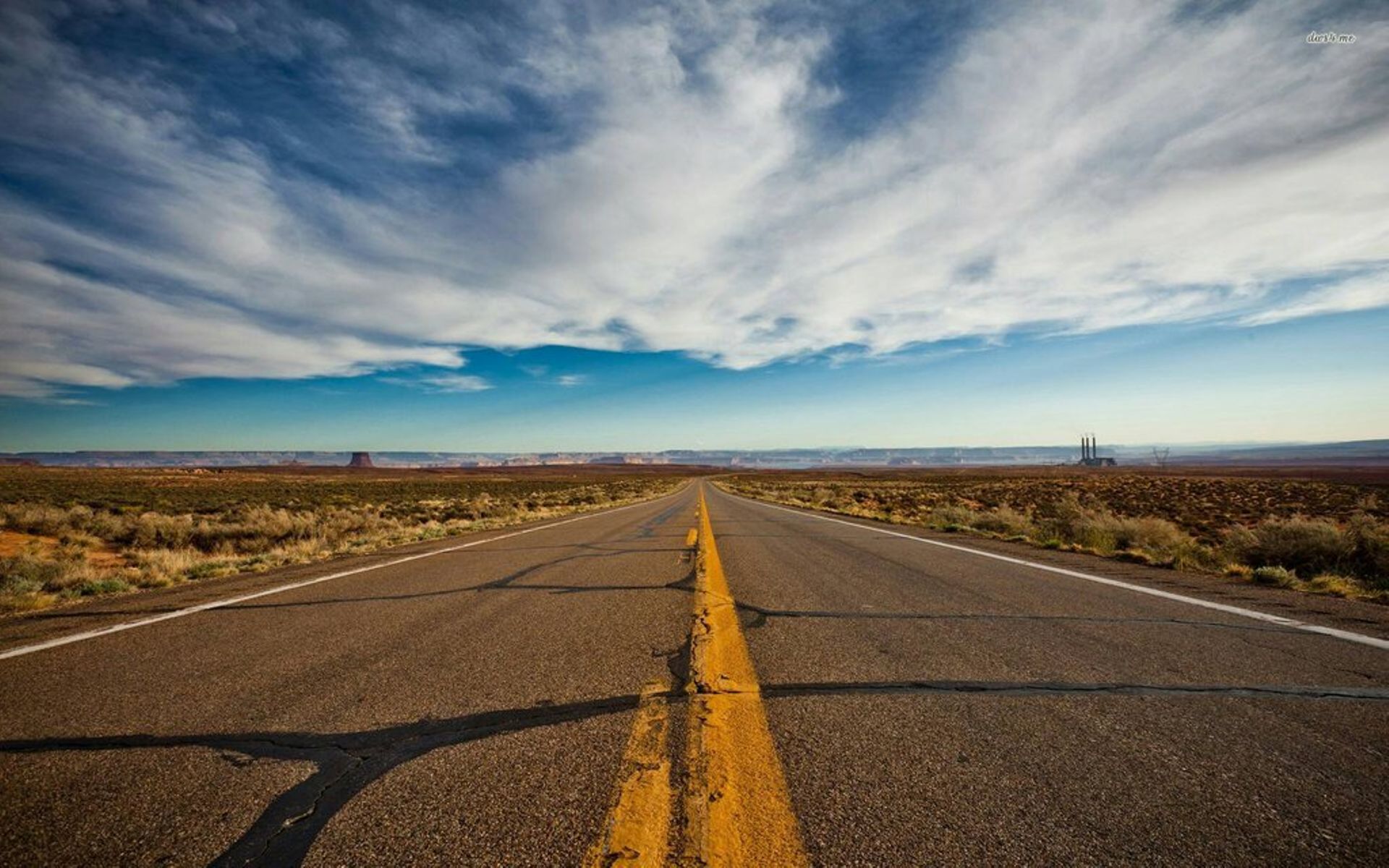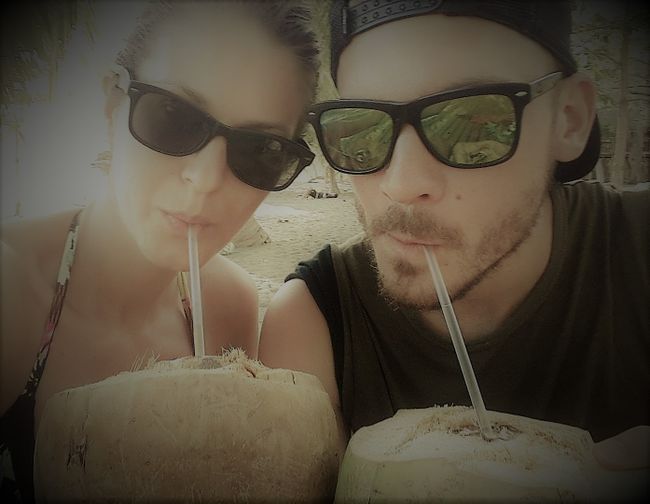The best Plan B! - La Paloma
Çap edildi: 20.12.2017
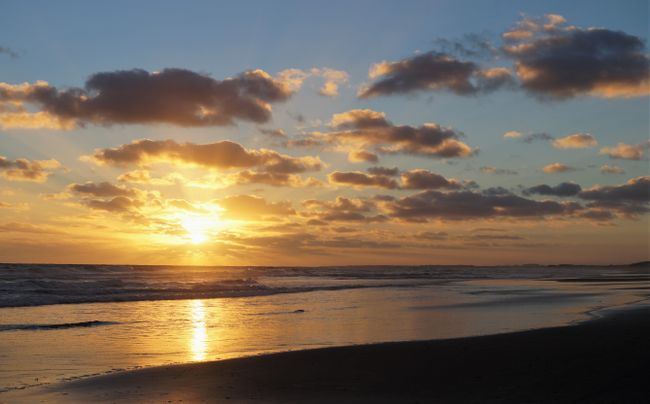
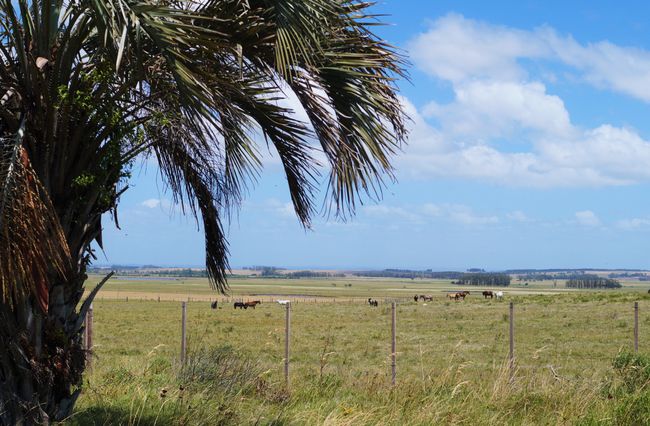
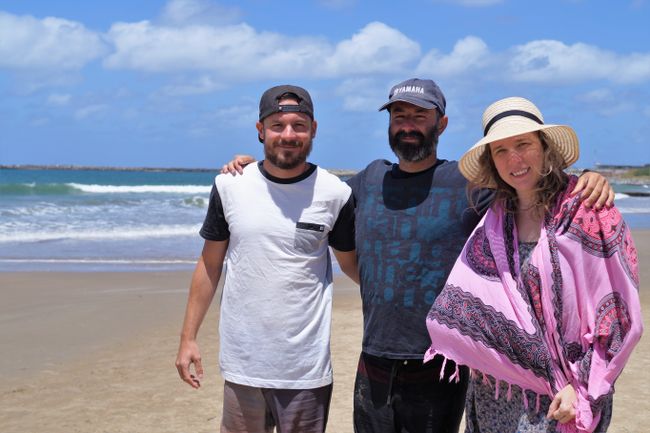
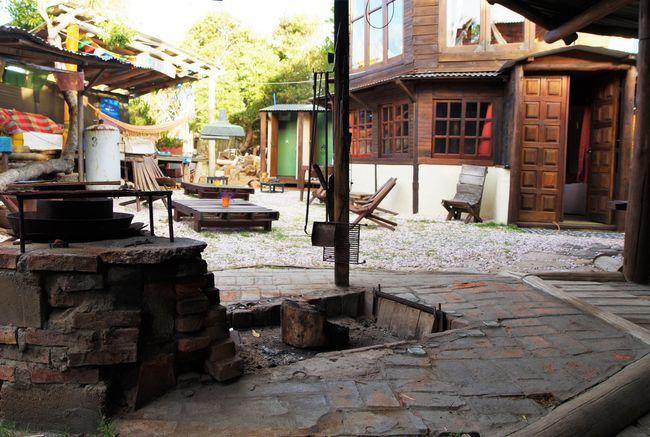
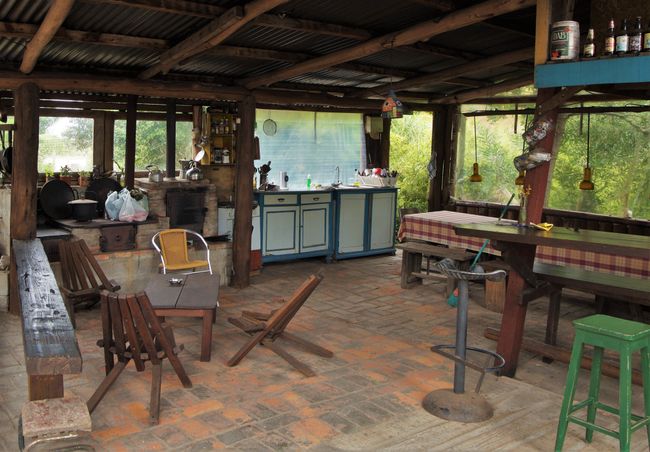
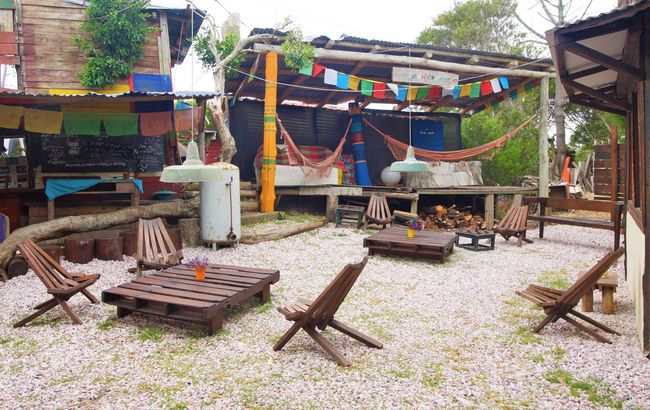
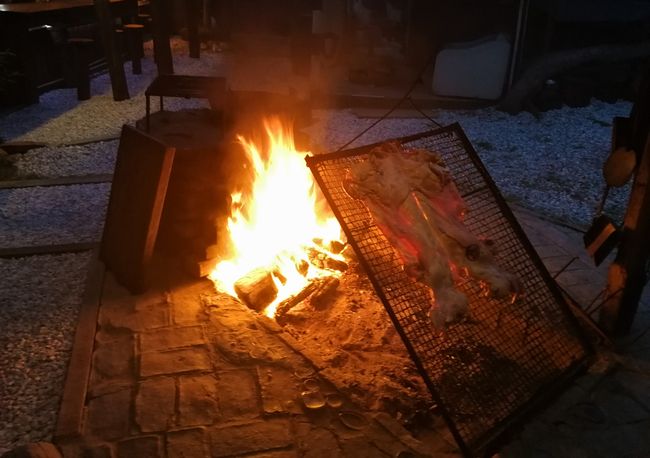
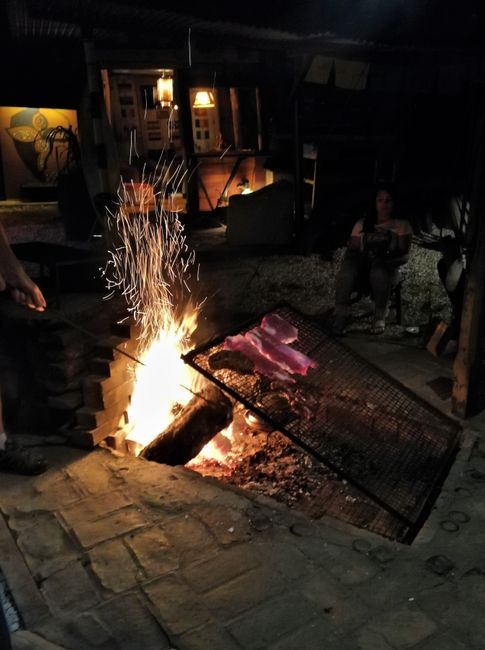
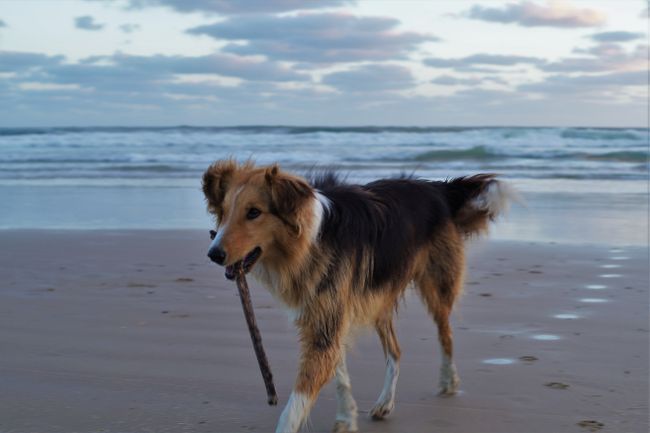
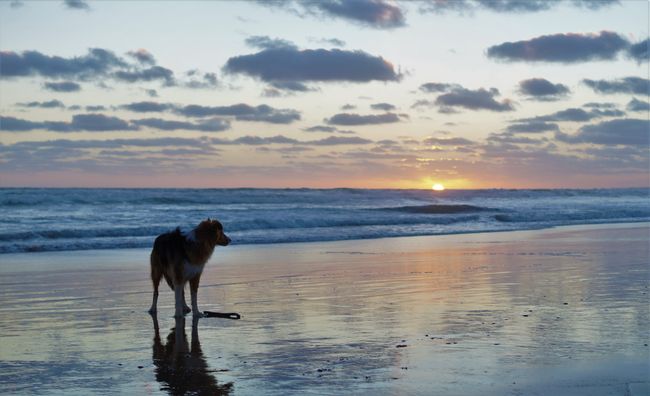
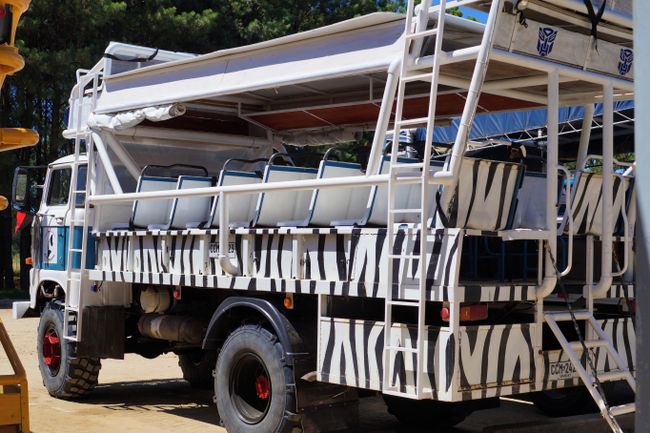
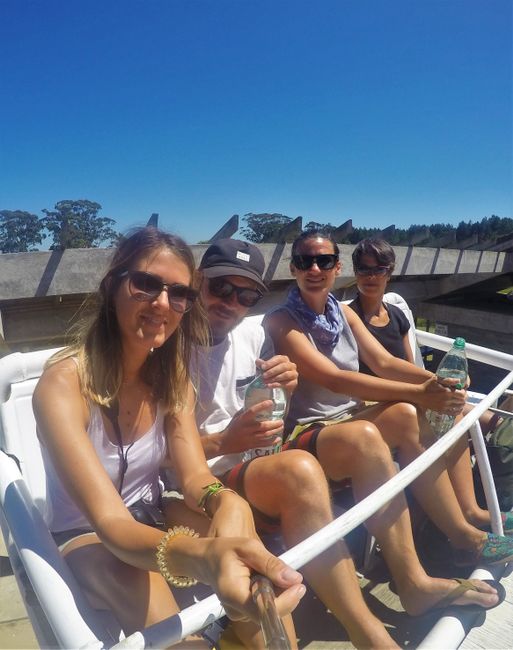
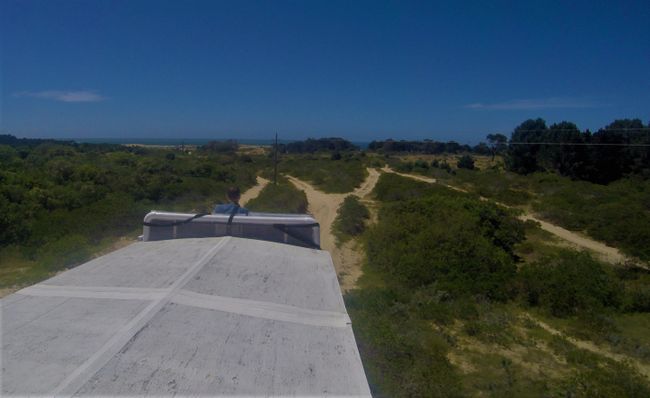
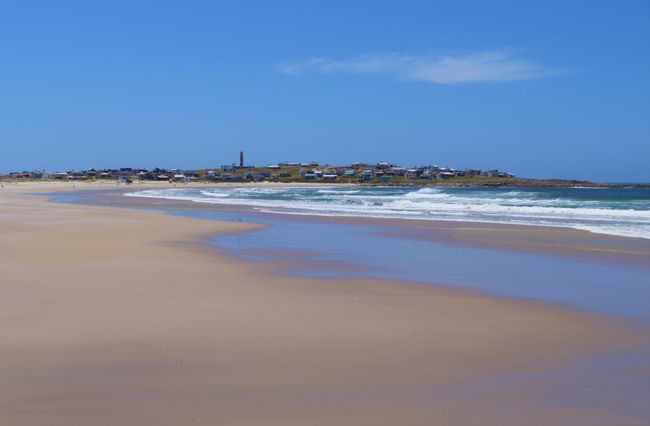
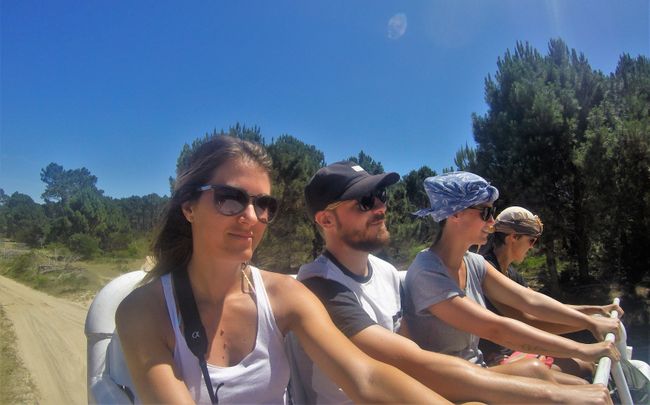
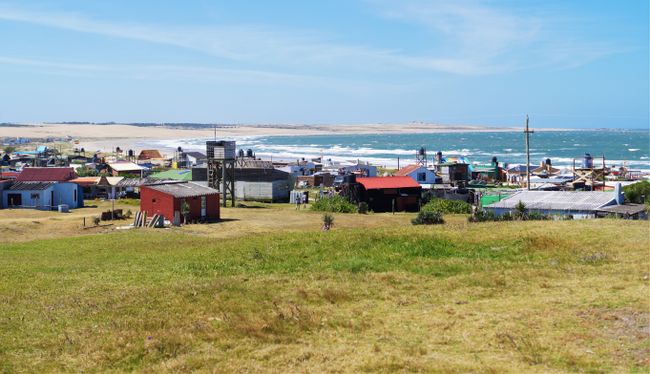
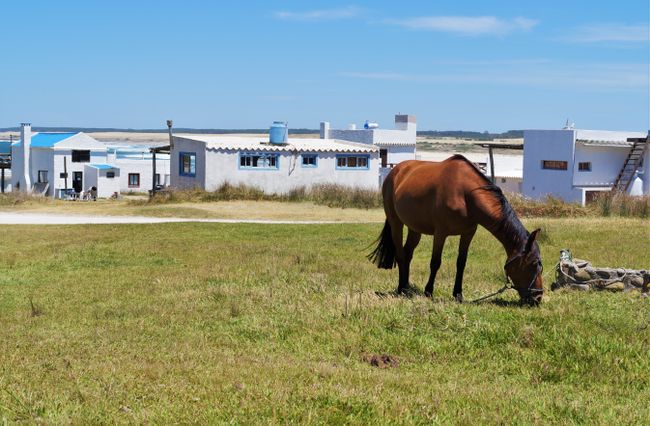
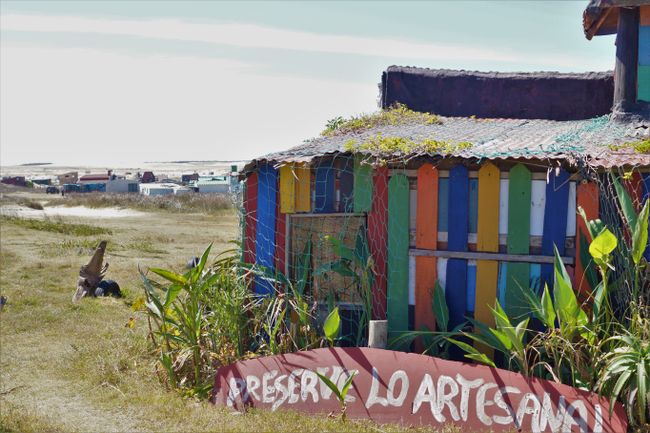
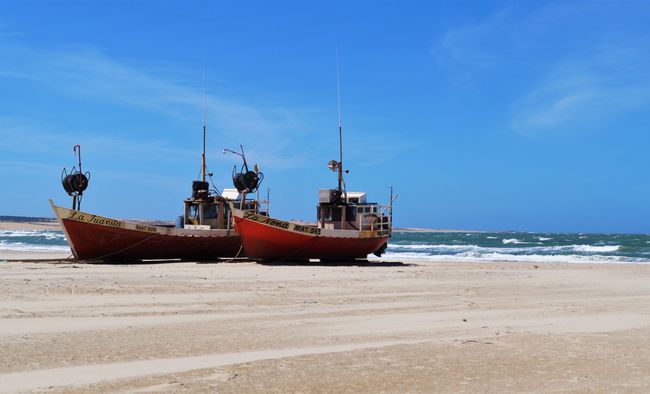
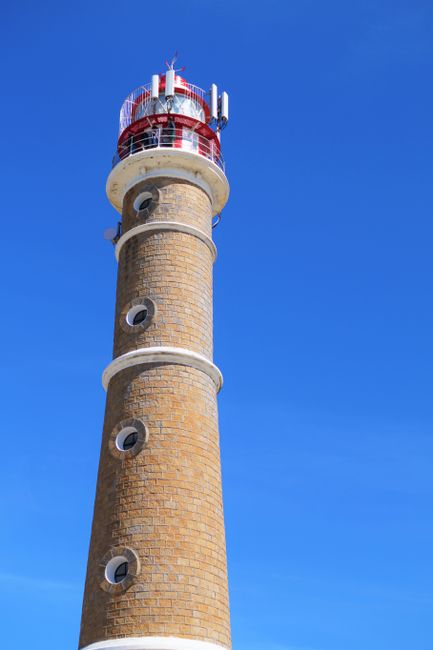
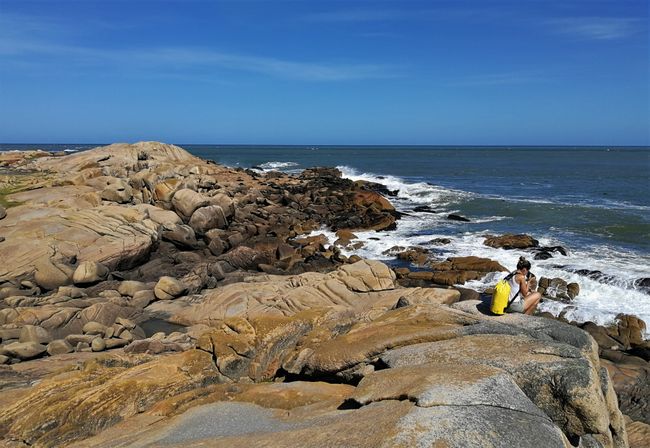
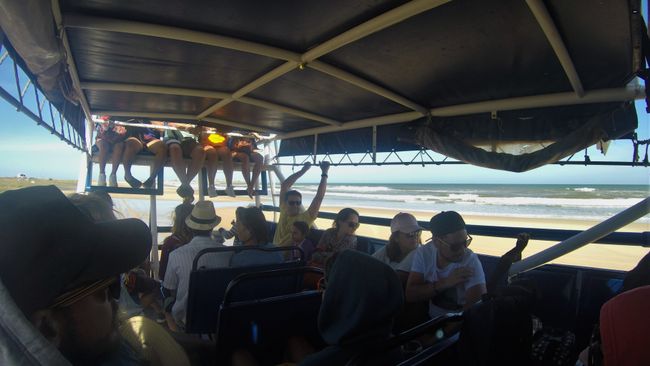
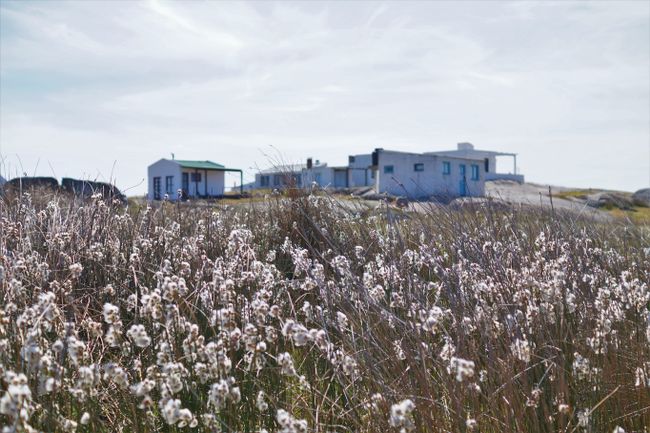
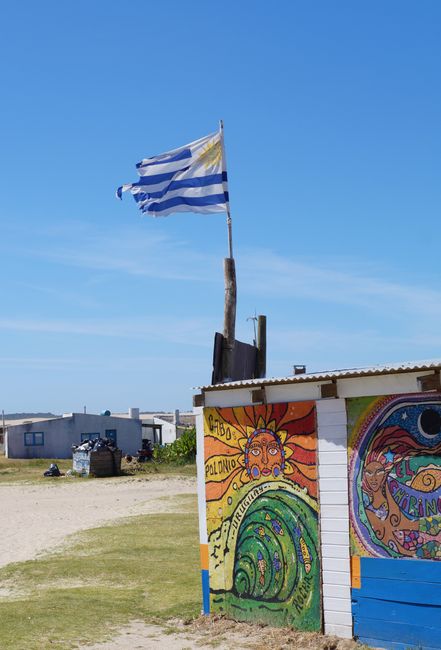
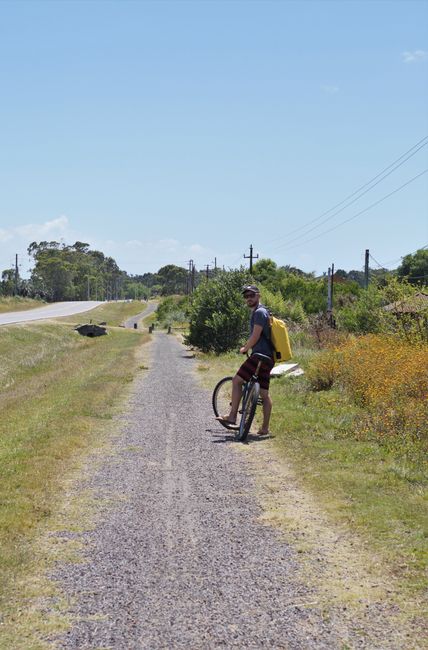
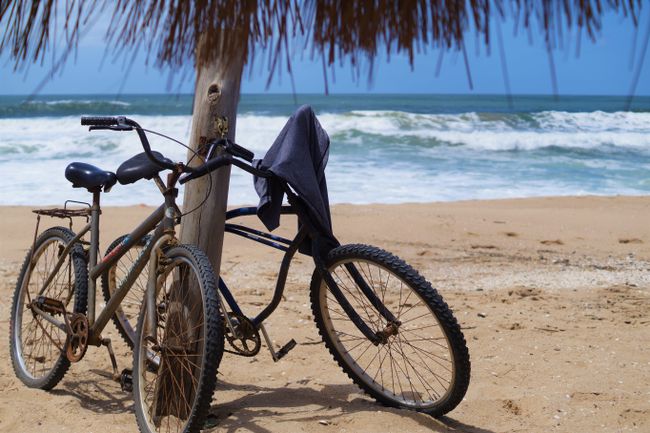
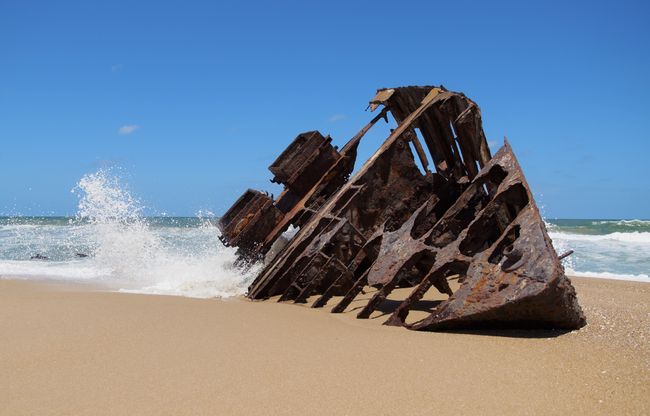
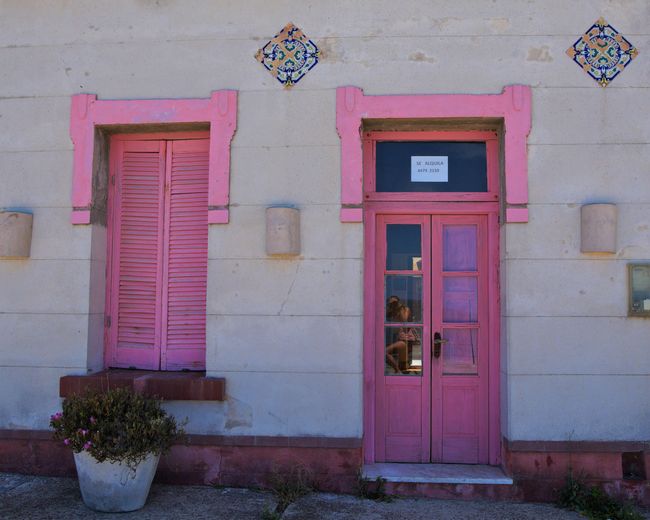
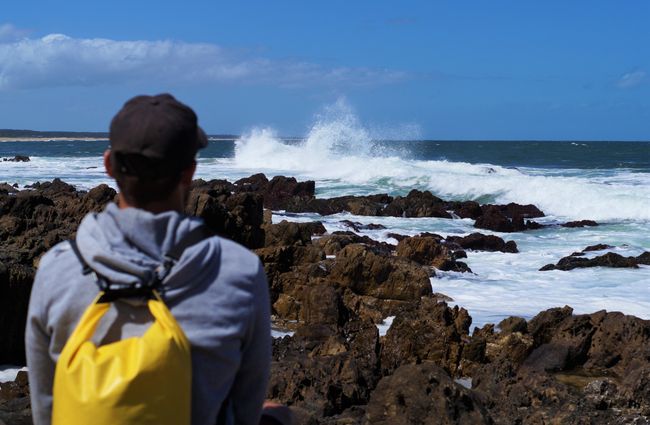
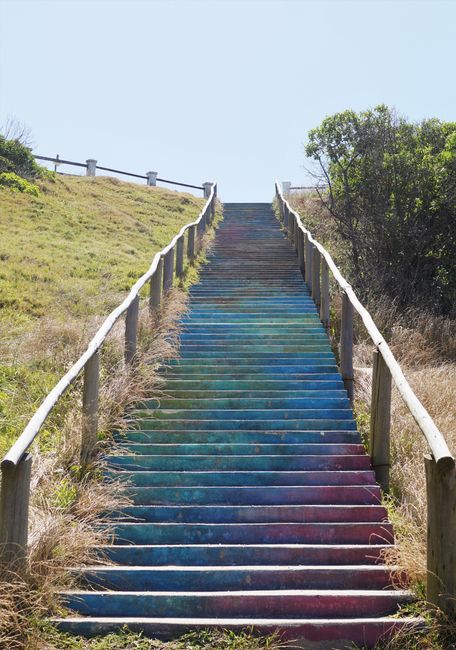
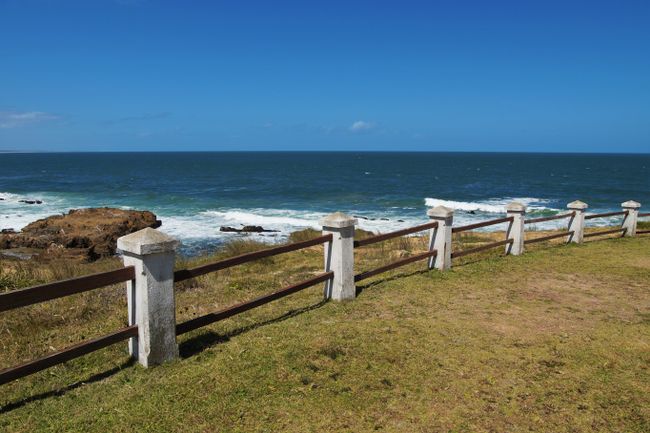
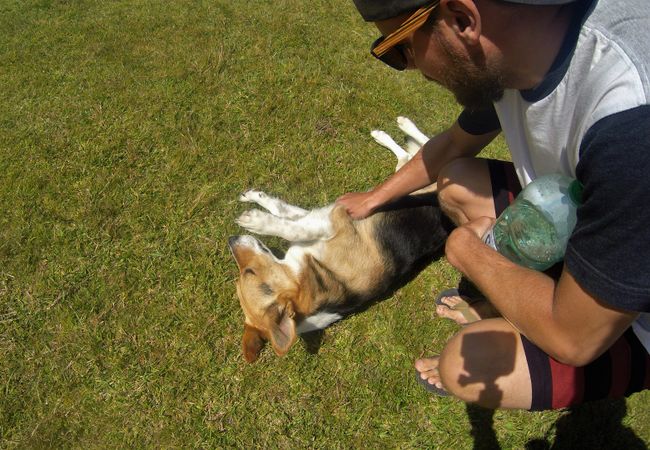
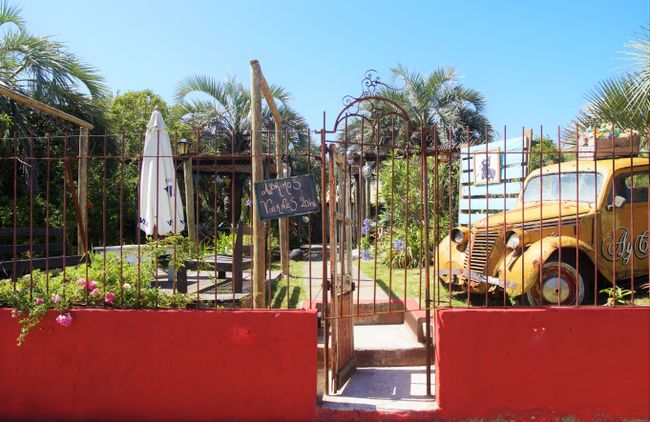
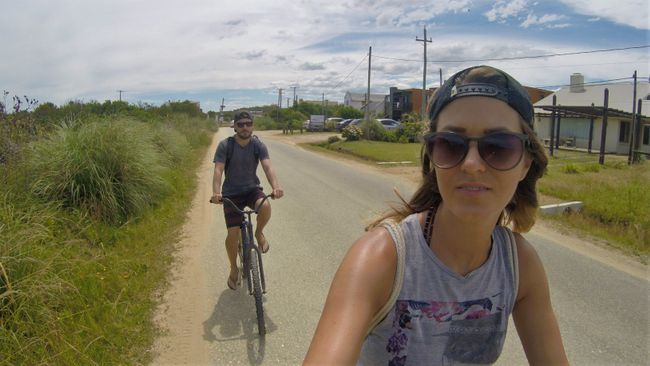
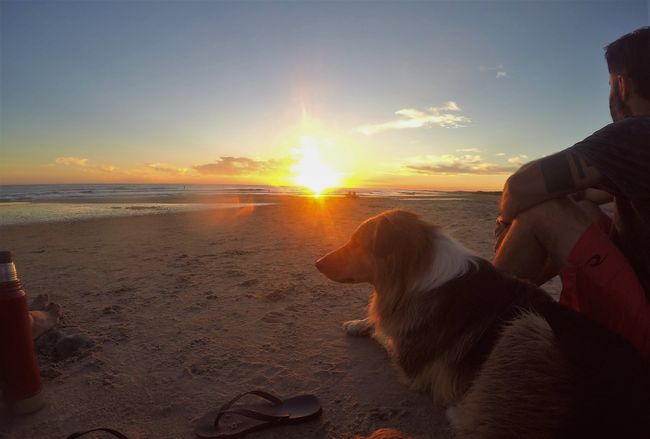
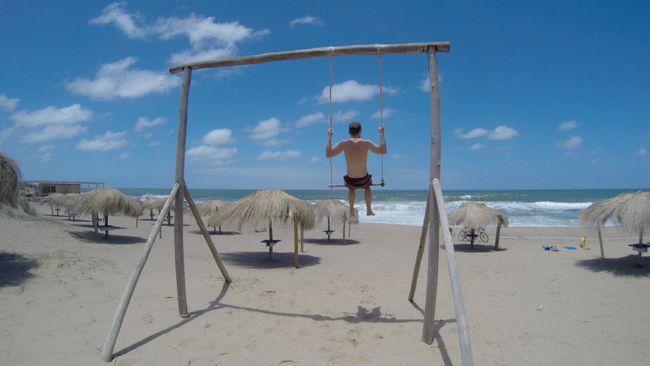
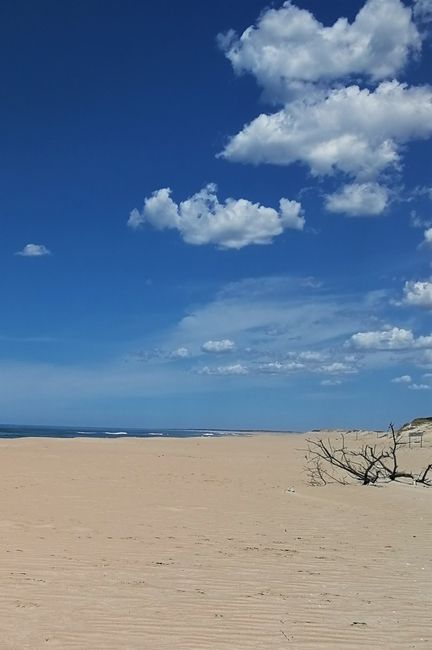
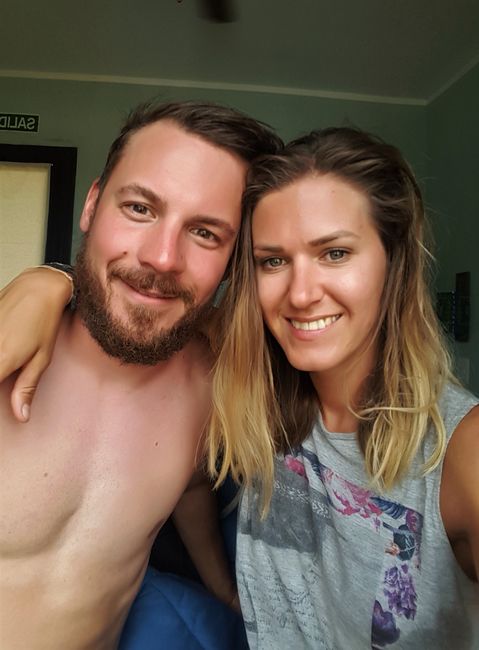
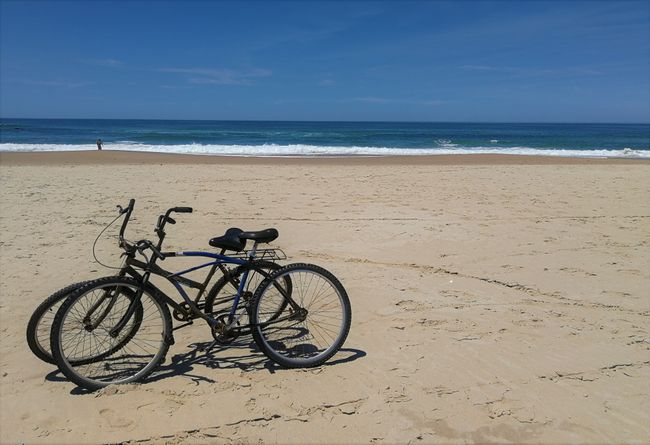
Habar býulletenine ýazylyň
10/12 - 21/12
Between Buenos Aires and Christmas, there was a big question mark for a long time. Originally, we wanted to travel to Patagonia, but unfortunately, it turned out to be quite complicated and expensive. We couldn't find what we were looking for in Argentina either. So we turned our gaze eastward to a country that is often overlooked: Uruguay.
We read about Uruguay's underrated beaches and decided to choose a nice place where we could spend a long time in peace. So far, we hadn't stayed in one place for longer than 4 nights.
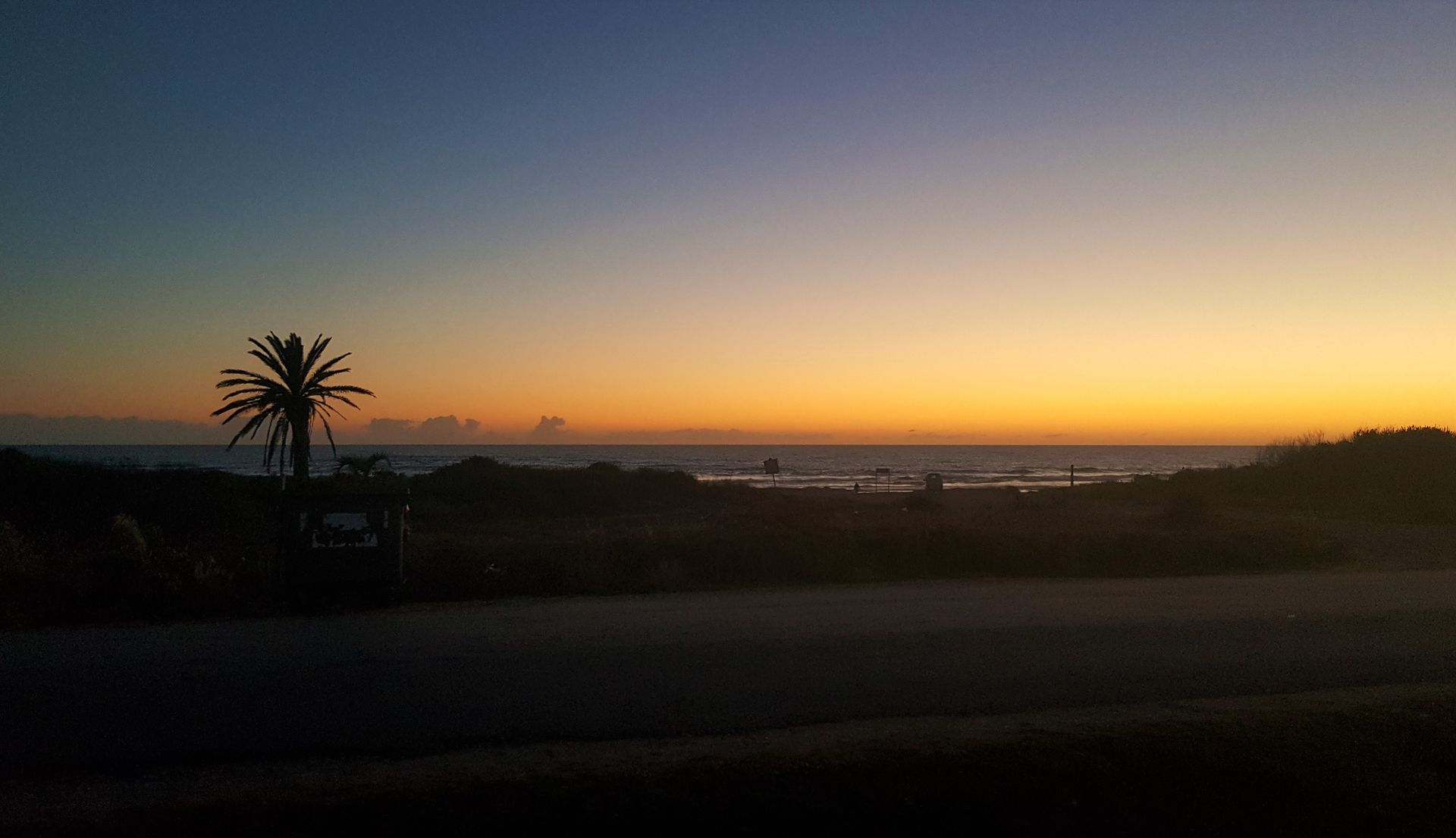
In the end, we decided on the small holiday resort of La Paloma. After a short ferry trip from Buenos Aires to Colonia de Sacramento, we took the bus to our destination. When we arrived, we were briefly unsure if it was the right decision. The place gave the impression of being rather bleak, with only a few nicely renovated houses and hotels to suggest tourism. La Paloma normally has 5,000 inhabitants, but when the summer holidays start at the end of December, the number suddenly quadruples and the small town is crowded with Argentinians and Brazilians.
When we arrived at our hostel, we were warmly greeted by our hostel mom Gabriela and the hostel dog Mandela. Unfortunately, we understood almost nothing, but Gabriela didn't seem to mind. She just happily spoke to us in Spanish. We immediately realized that we wouldn't get far with English here. It also took us a while to notice the tricky dialect spoken in Argentina and Uruguay. Then Gabriela showed us the whole complex - it wasn't a typical hostel, but more like a small commune. Gabriela and her husband Sergio are the owners, who also live there. They spend their whole day building and repairing things or taking care of the guests. We never saw them leave the property once. Since the entire property was built by hand, it looks correspondingly rustic and has a bit of a hippie touch.
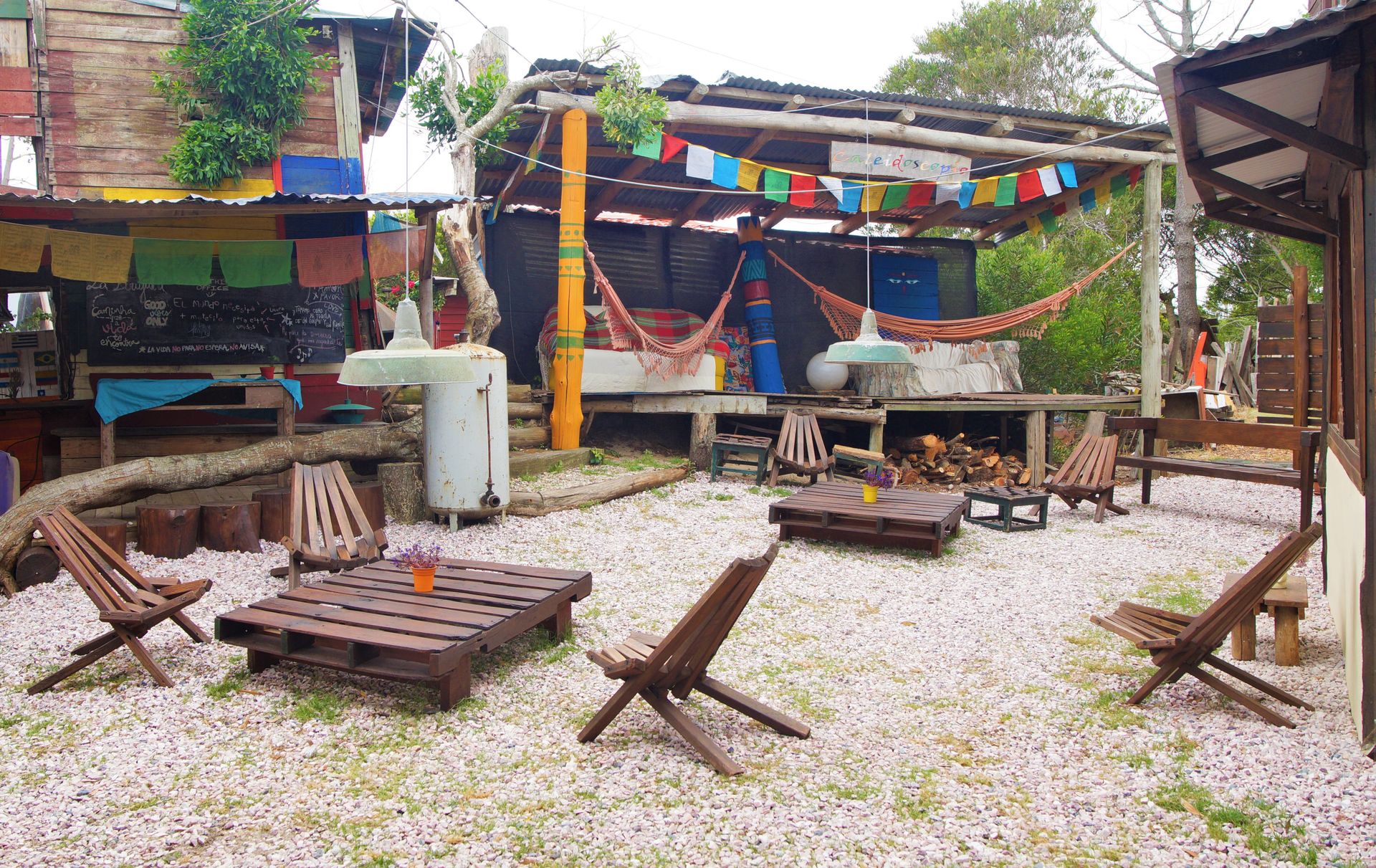

Most of the hostel's activities took place in the kitchen or common area. The hostel family also cooked there themselves, and there was a campfire every evening, which quickly created a very familiar atmosphere despite the language barriers.
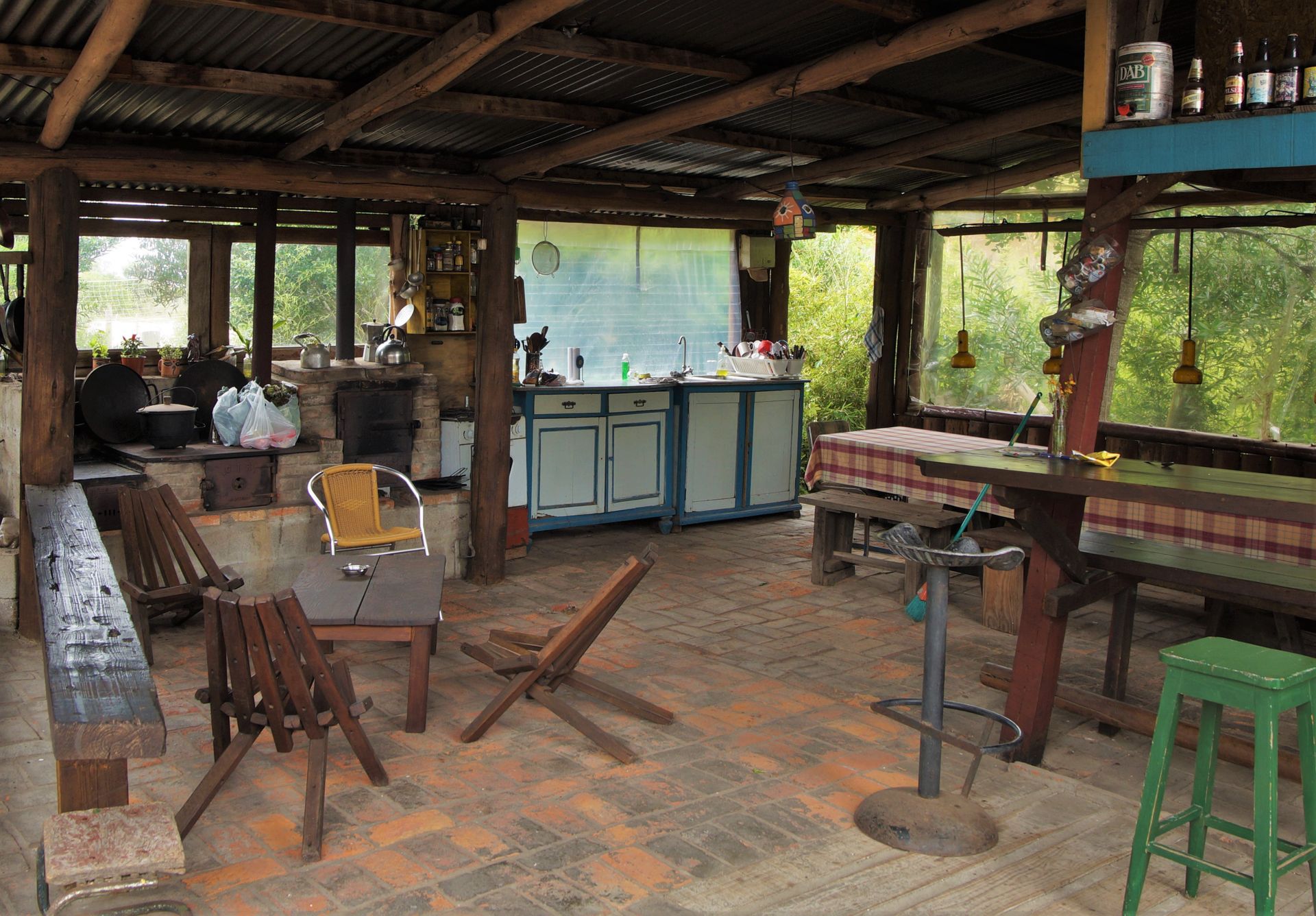
A regular guest at the hostel is Federico, a former bartender and entrepreneur from Montevideo, who spends almost his entire year in La Paloma, just chilling or surfing. He only spends 5 days a month working in Montevideo. He was the only Uruguayan who spoke a little English. His new life consists of a very strict and sometimes peculiar diet - every evening he had the same salad without dressing, and at one point he even made a honey-garlic mixture - and the goal of becoming a surf teacher. Later on, Patricia also joined us, an lively friend of the family who helped out at the hostel.
On the first night, we also met an Austrian couple, Amelie and Sophie, for the first time on our trip. We immediately exchanged our experiences so far and made plans for the next few days.
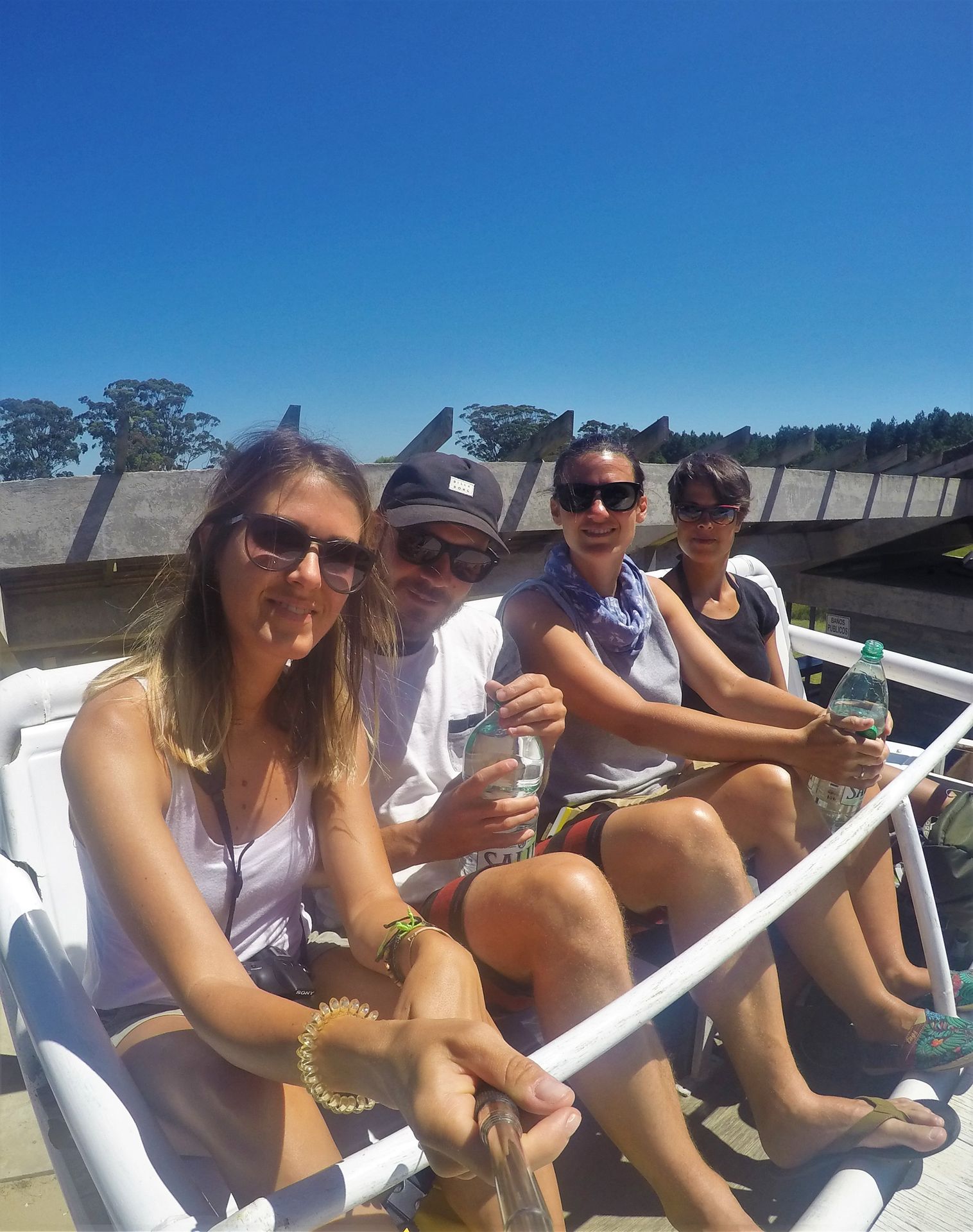
And not to forget Ines, an Argentinian who we were able to communicate with very well in English. She explained many cultural peculiarities to us, occasionally acted as an interpreter, and chauffeured us around in her VW Gol (in Argentina, the 'f' is ignored).

We spent our days at La Brujula Hostel in various ways. In the first few days, we did some activities with Amelie, Sophie, and Ines. I also had the opportunity to be Federico's surf student for a day. He could practice teaching, and I got free surfing lessons and equipment. Conveniently, La Paloma also has the best surf spots in Uruguay. Unfortunately, I only had one day of surfing. Otherwise, we spent our time learning Spanish or simply lying on one of the many beaches when it was too hot. We really enjoyed taking a few days off and hardly moving from the hammock.
Over time, the hostel almost turned into full board. In addition to a rich breakfast selection - Gabriela always bakes bread and cakes herself - the hostel family invited us for lunch a few times. The highlight was the two barbecue evenings, where grill master Sergio prepared huge pieces of meat (beef and lamb) and chorizo (sausage).
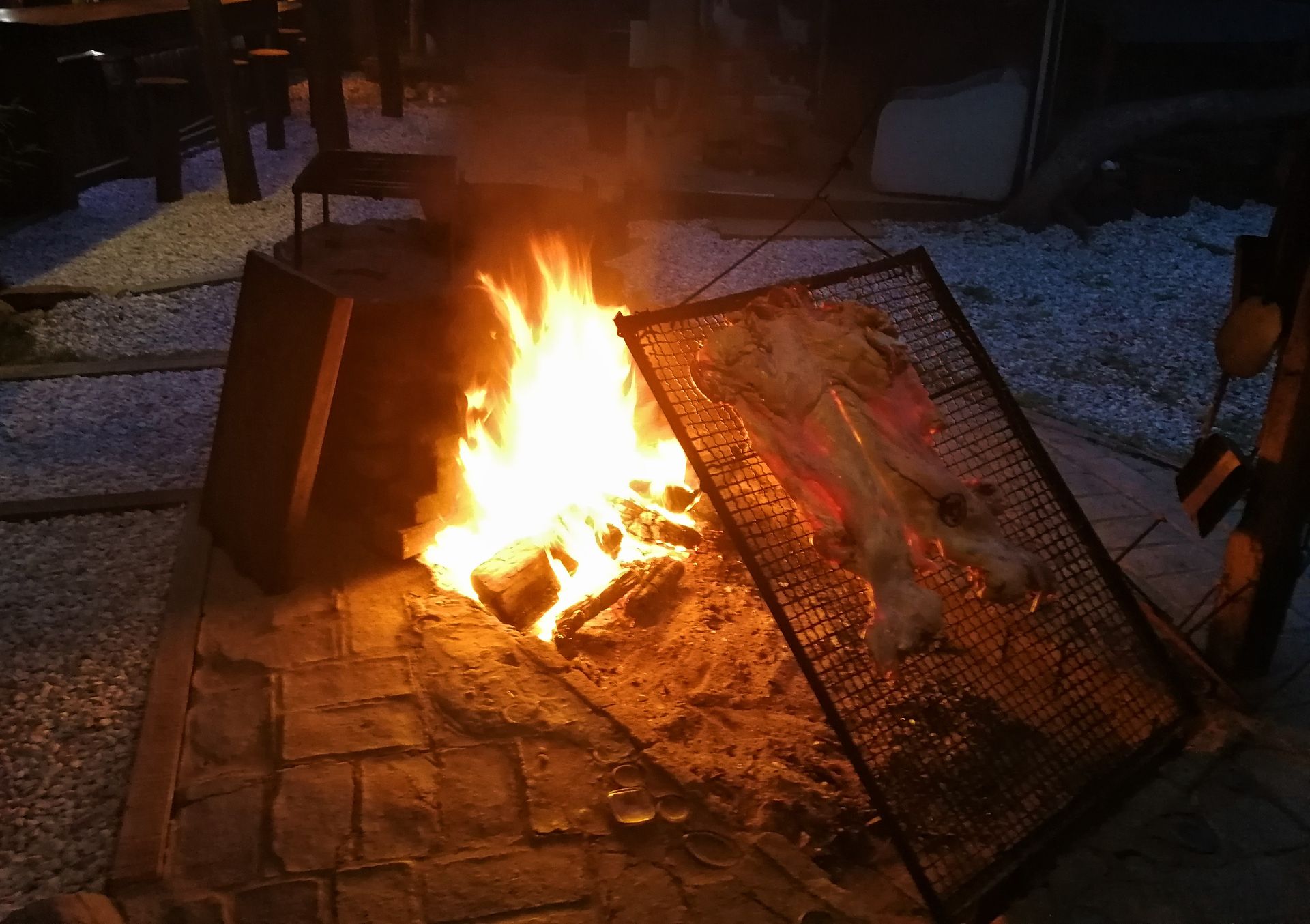
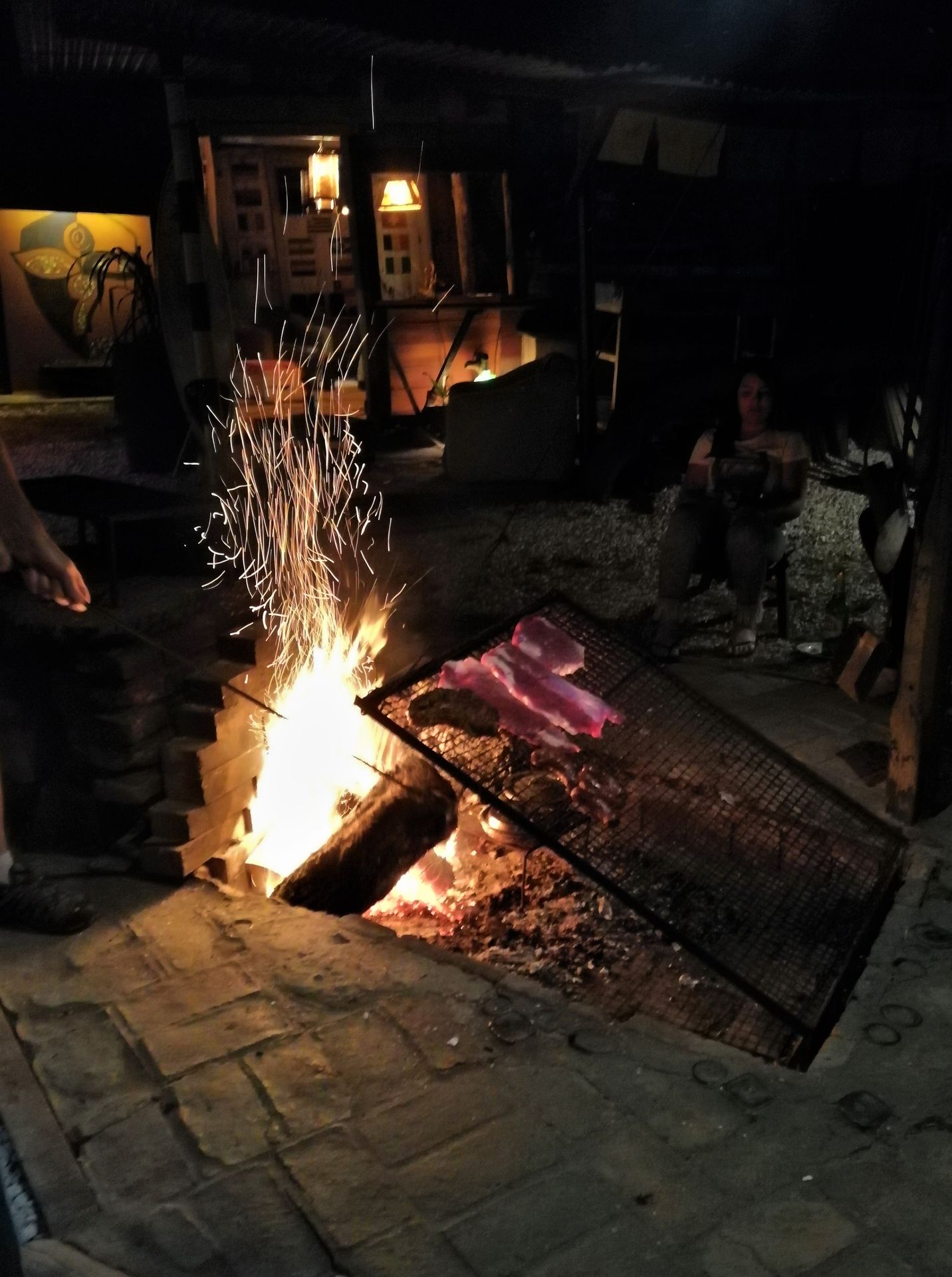
This is called Asado and, like many things in Uruguay, has a social character. The meat is grilled at a slightly greater distance from the fire for a long time. The longer waiting time for the food is bridged with snacks like chorizo, cheese fondue, beer, whiskey, and a cozy atmosphere. We were able to contribute a few salads. In the meantime, Patricia taught us a new card game, and we were able to practice our Spanish with her.
If you feel like it, there is a lot to do around La Paloma. For example, we visited the fishing/hippie village of Cabo Polonio with Ines, Amelie, and Sophie. It is located directly on the beach and can only be reached by giant trucks via a sandy road - which is almost like a roller coaster ride if you sit on the roof.
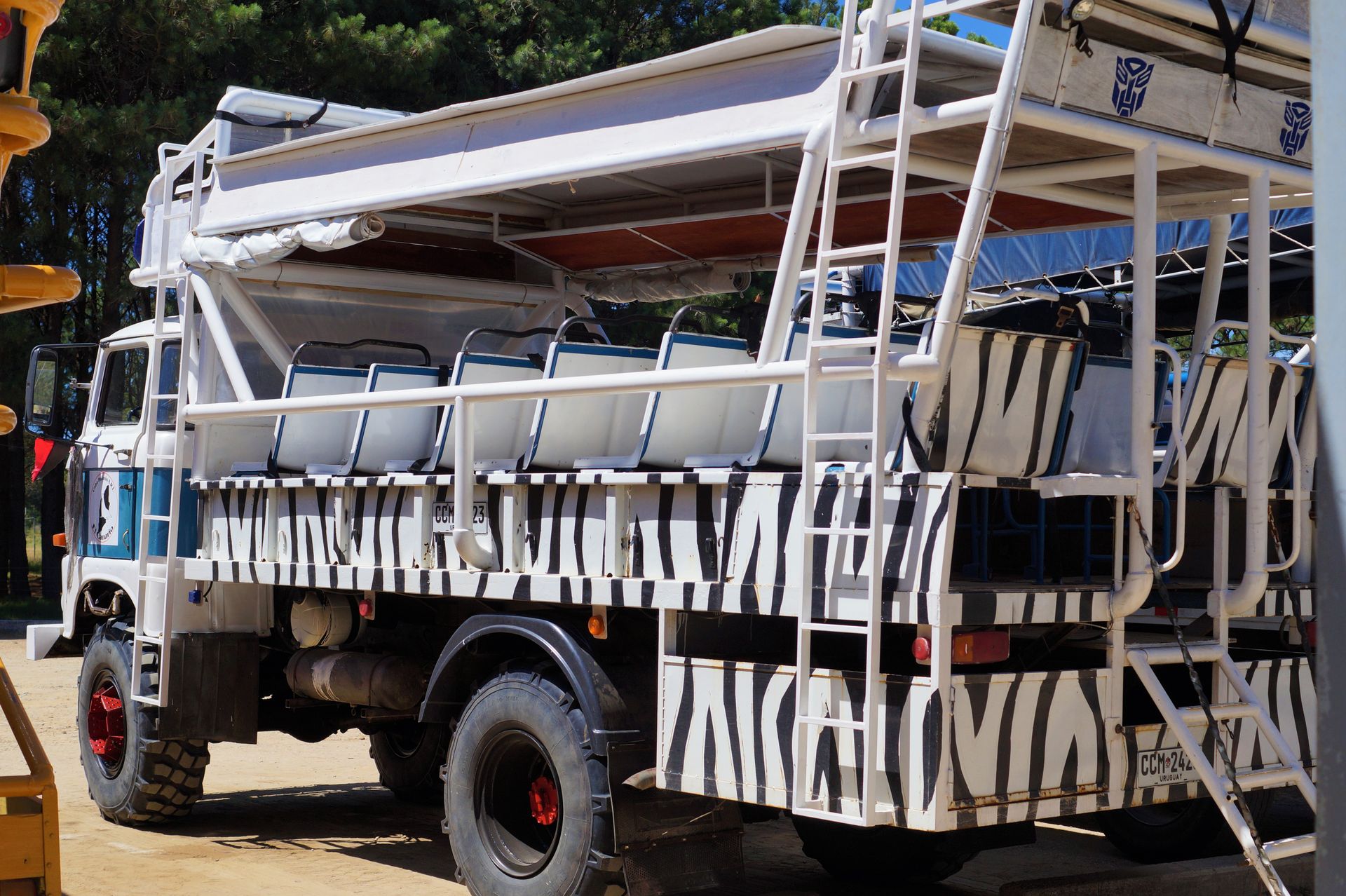
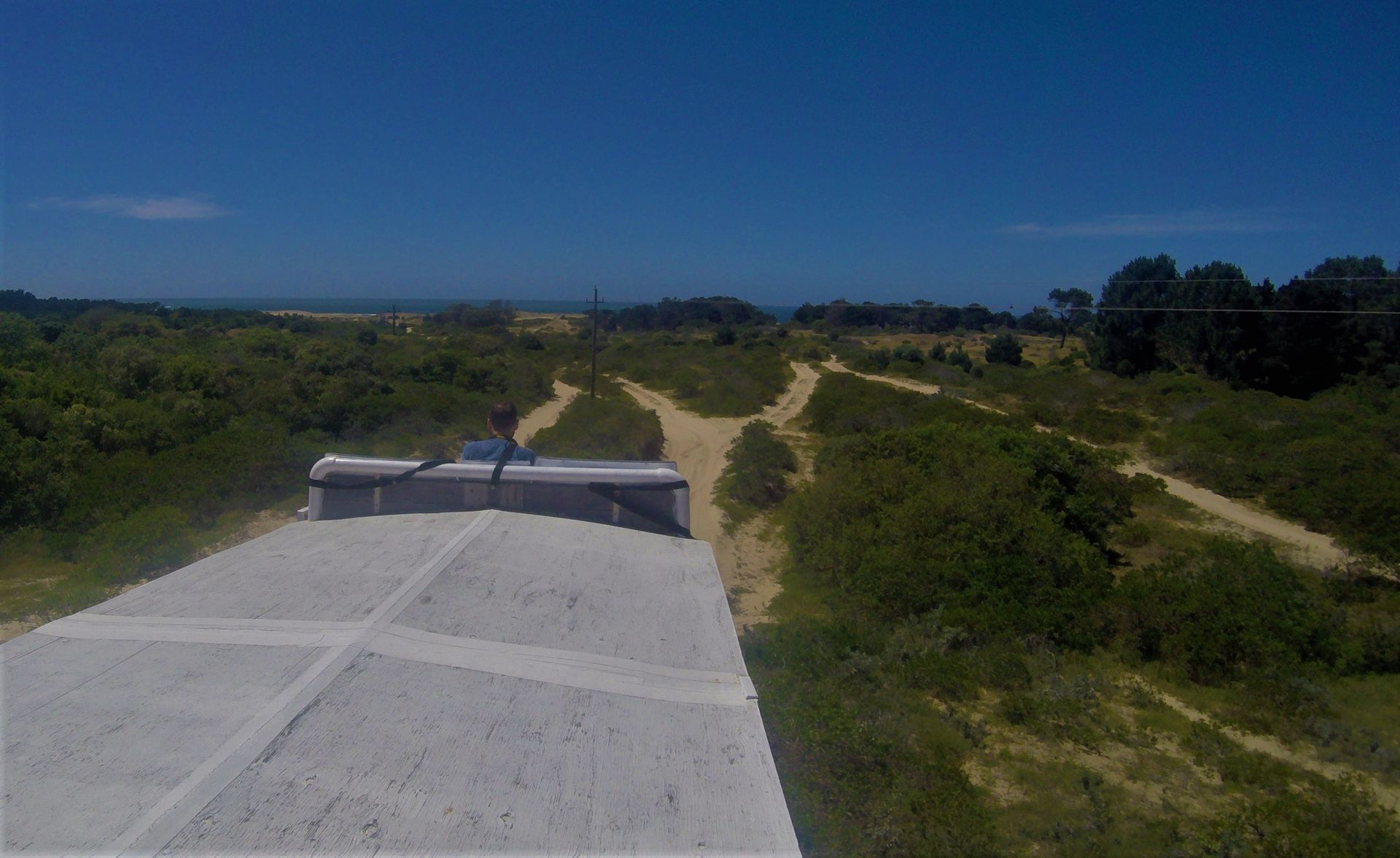

The village itself consists of a few randomly built houses or huts and is also not connected to the power grid. There is a very strong wind blowing, which occasionally carries a sweet smell. Marijuana is legal in Uruguay. In addition to a lighthouse and a seal colony, there isn't much else to see.
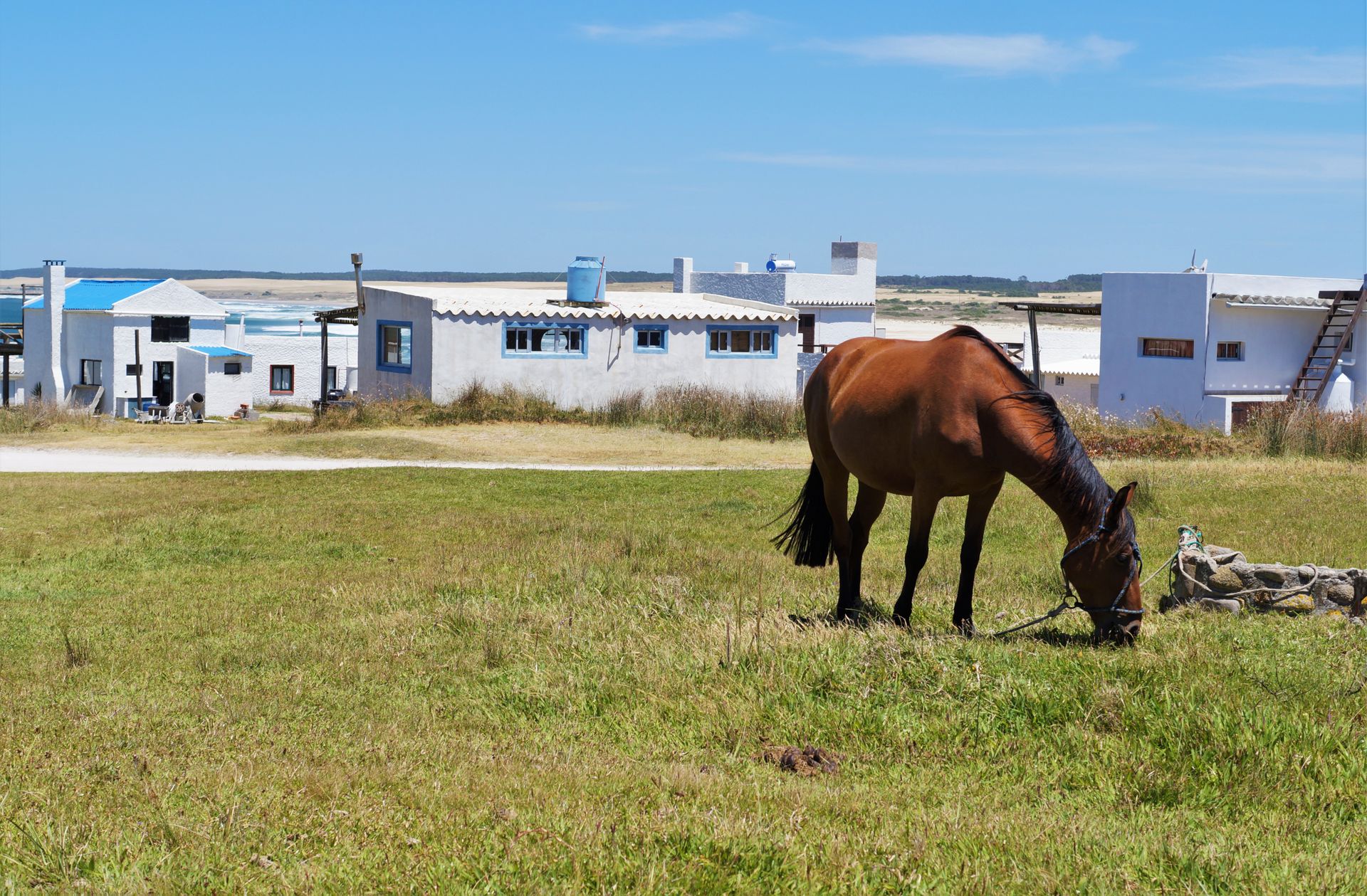

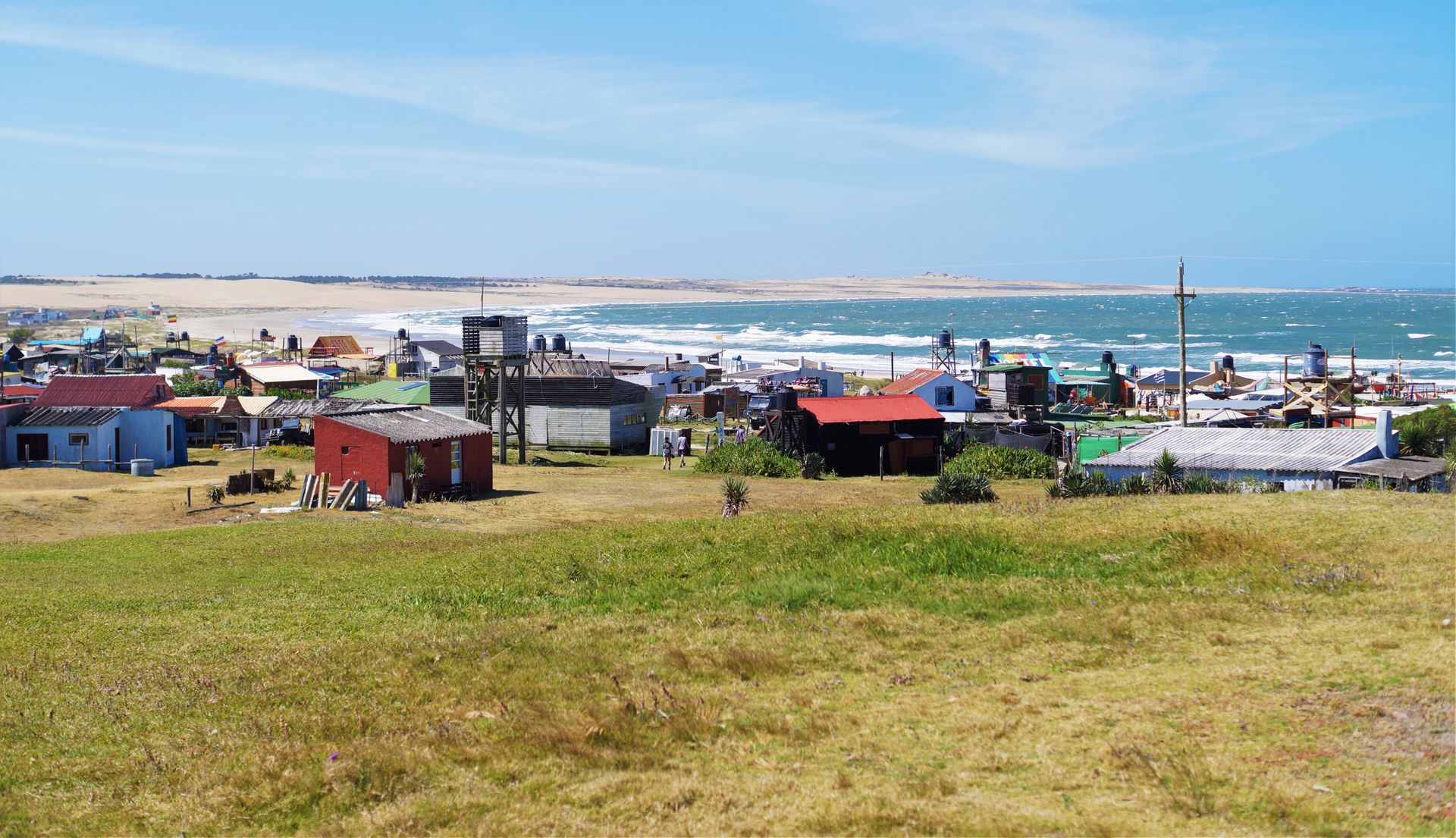


After Ines left with her VW Gol, we were a bit limited in our range of motion. We only moved around on rusty single-speed bicycles, which surprisingly worked well. On the last day, we even took a one-hour trip to the even smaller neighboring town of La Pedrera.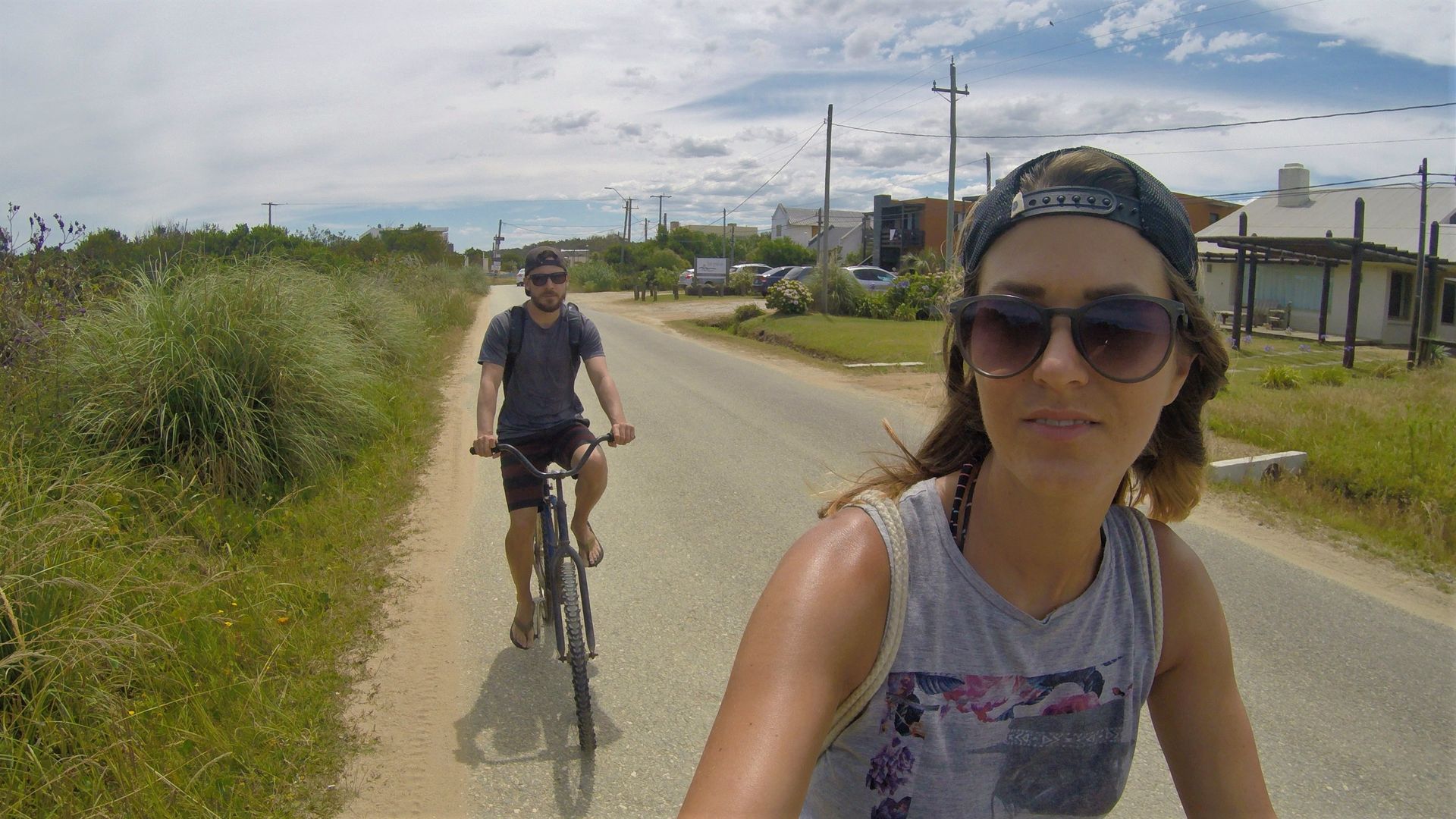
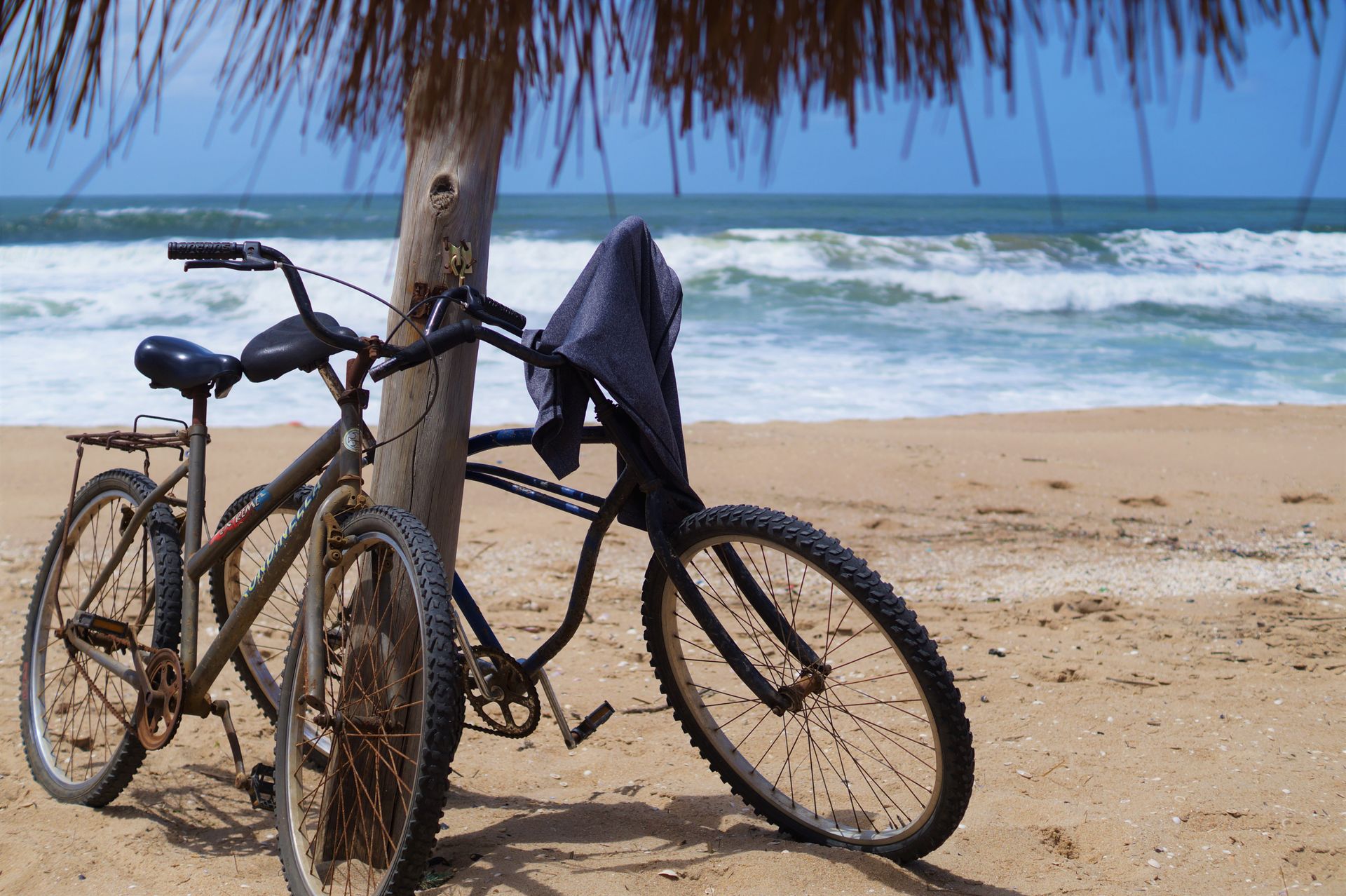


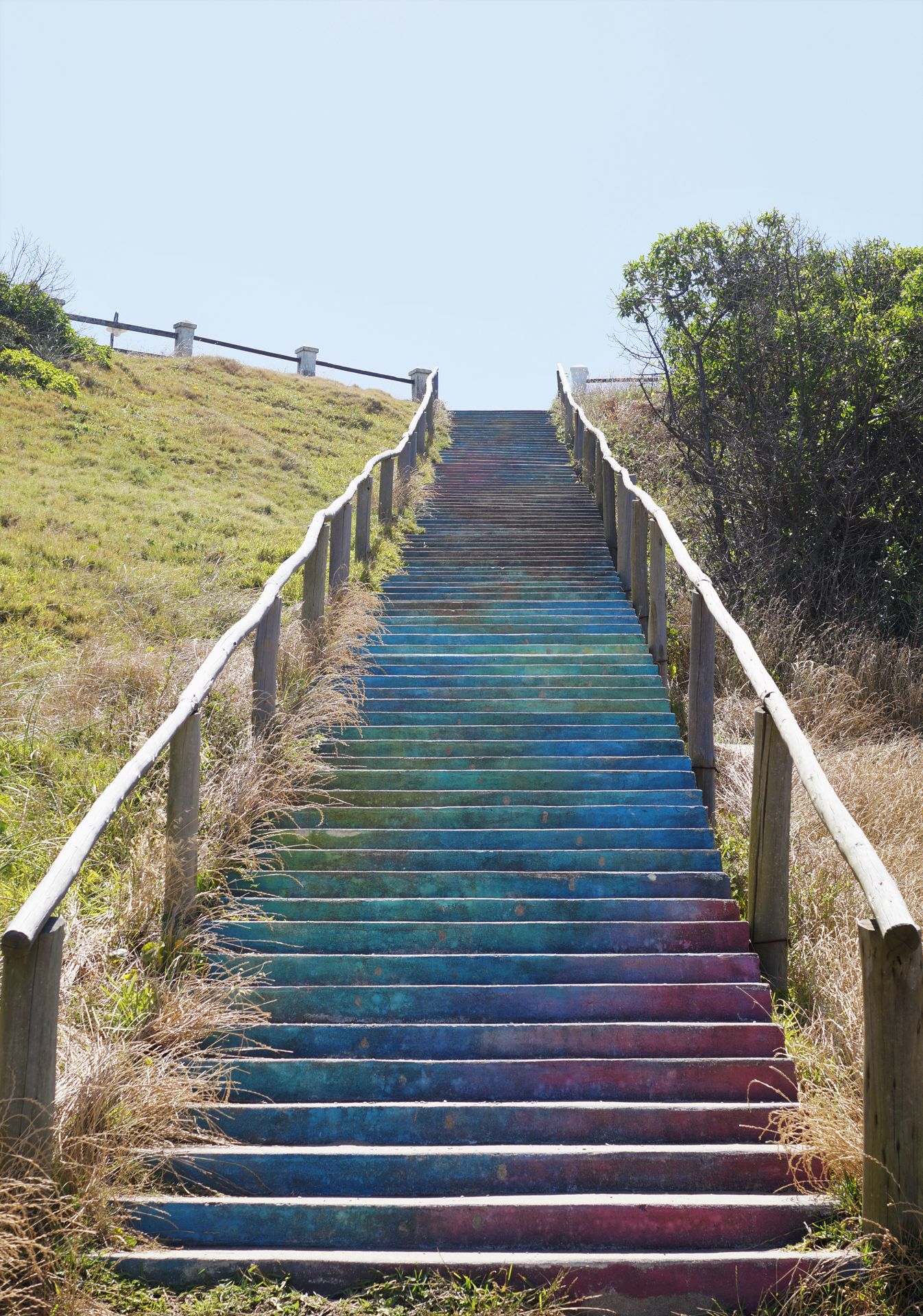
One special advantage of our hostel was that it only took 5 minutes to walk to an endless sandy beach, which was the perfect location for enjoying sunsets.
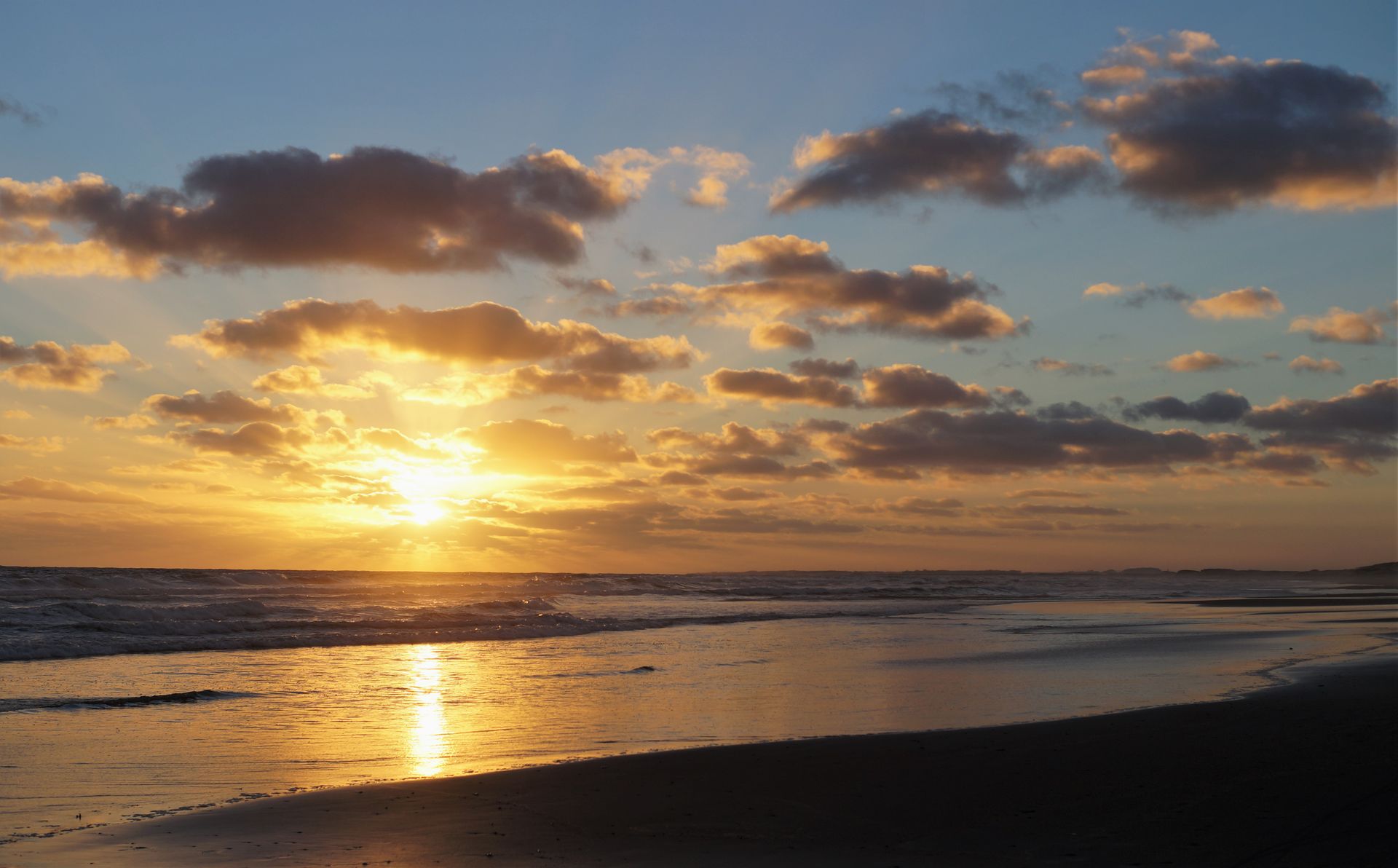
Mandela, the hostel dog, was overjoyed every time hostel guests went to the beach. She accompanied us to the beach several times and wanted to be entertained by throwing sticks or frolicking in the sea in Uruguayan style. Shortly before sunset, it was best to relax with a thermos and mate tea.



With heavy hearts, we packed our backpacks again after over a week's stay. We had really gotten used to the quiet life and friendly people here. Saying goodbye was really difficult this time, and it really hurt that we couldn't tell the hostel family in Spanish how much we liked it.
Before we continued to Chile, we made a short stop in Montevideo. Conveniently, Federico and Patricia were also going to the capital to visit their relatives because of the upcoming holidays, so we had a free ride and got some great tips for the city. Unfortunately, the city doesn't have much to offer. Apart from a wildly funny guided walking tour of the old town, we cycled along the beach promenade La Rambla. But there wasn't much else to do - we were only there for a day. Visually speaking, Montevideo is not exactly a sight to behold. It sometimes gives you a bit of a feeling of being in the Eastern Bloc in Europe, and the buildings could definitely use a little more color.
Summary:
Uruguay is somewhat difficult to describe. On the surface, it is not very exciting. Most of the country is simply pastureland for the 10 million cows that live here - quite an impressive number compared to the 3 million inhabitants, half of whom live in Montevideo. The cities we visited are also far from fancy. The beaches are beautiful, but not necessarily what you would imagine as a dream beach. Nevertheless, Uruguay has managed to make us fall a little in love with this country. Perhaps it's because of the people - we met incredibly nice, helpful, and funny people - and the pretty laid-back way of life.
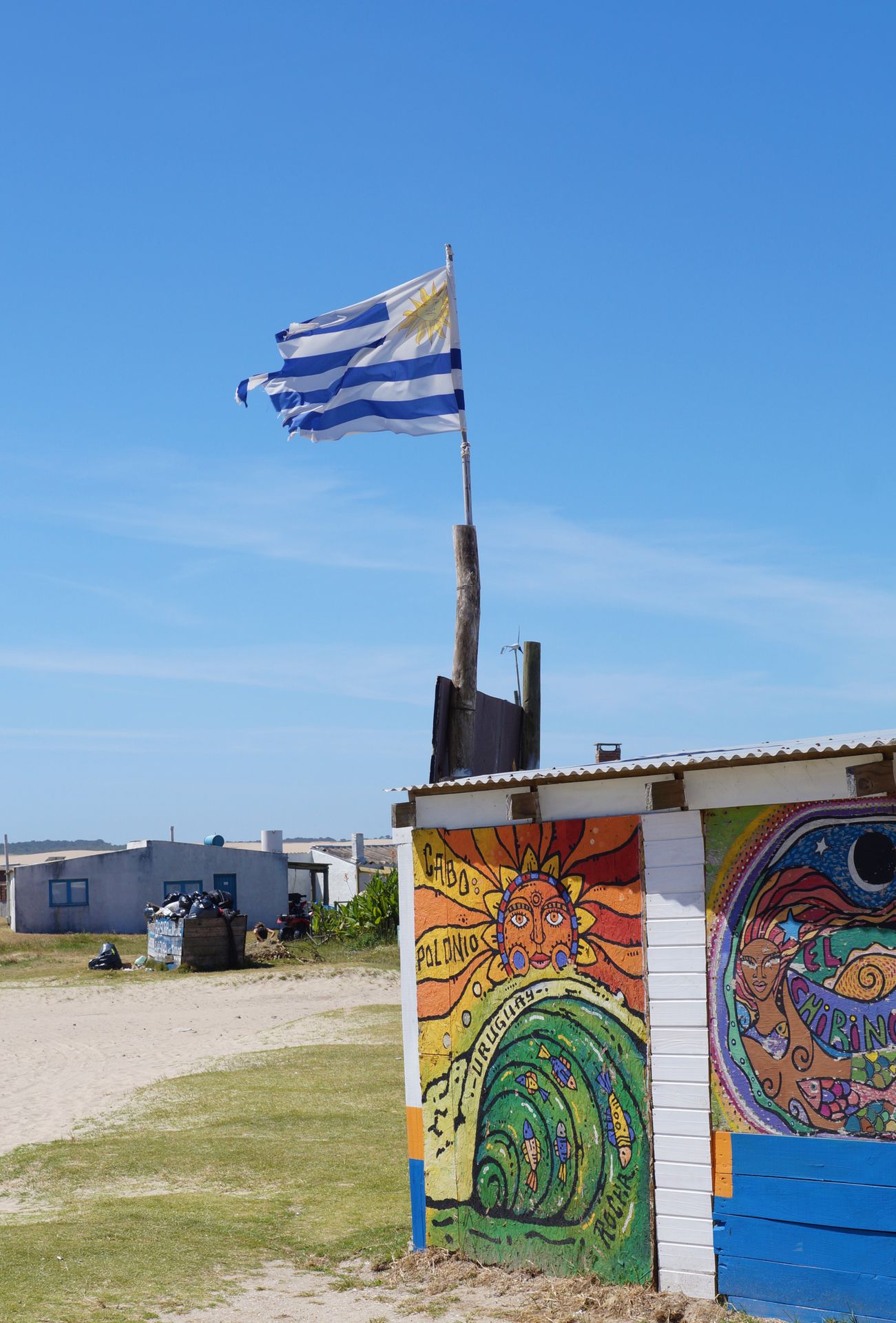
Federico said that Uruguayans don't care about being noticed. And the country does a really good job at that. Only a few people know about it, and it often gets left out during a trip to South America.
There are a lot of people here who constantly walk around with a thermos under their arm and a mate cup in hand - in every situation (such as cycling). It seems very impractical to us, but in Uruguay, it is almost essential, as the Uruguayan must always be able to drink mate tea everywhere and anytime.
The main food here is beef - allegedly to keep the cow population in check - and the red wine (especially the Tannat) is excellent. The typical dish is called Chivito and is a kind of burger that contains a thin fillet of beef and a lot of other stuff instead of a minced meat patty. As a dessert, there is Dulce de leche, a caramelized milk cream that comes in various forms and is also found as a flavor in ice cream, yogurt, and chocolate. Uruguayans love whiskey. Federico said that he sold more whiskey than beer in his former bar.
The price level is unfortunately relatively high. A meal in a restaurant almost never costs less than €10. It's best to pay with VISA because you get a 20% tax refund - luckily, Amelie & Sophie informed us about this on the first day, so we were able to save a lot of money... ;)
As mentioned earlier, the purchase of marijuana for citizens has recently been legalized to reduce violent crimes related to the black market. To get some, you just have to register at the post office and then pick up the desired amount (maximum 1g/day) at the pharmacy. Apart from Cabo Polonio, we only saw someone smoking weed twice. The tour guide told us that since legalization, smoking is no longer very popular - mate tea is the real "national drug"! :)
Ironically, it is forbidden to have ketchup, mayonnaise, and salt on the table in restaurants. These three things must be specifically requested by the customer.
The current president is actually a doctor and is very concerned about the health of his people! :)
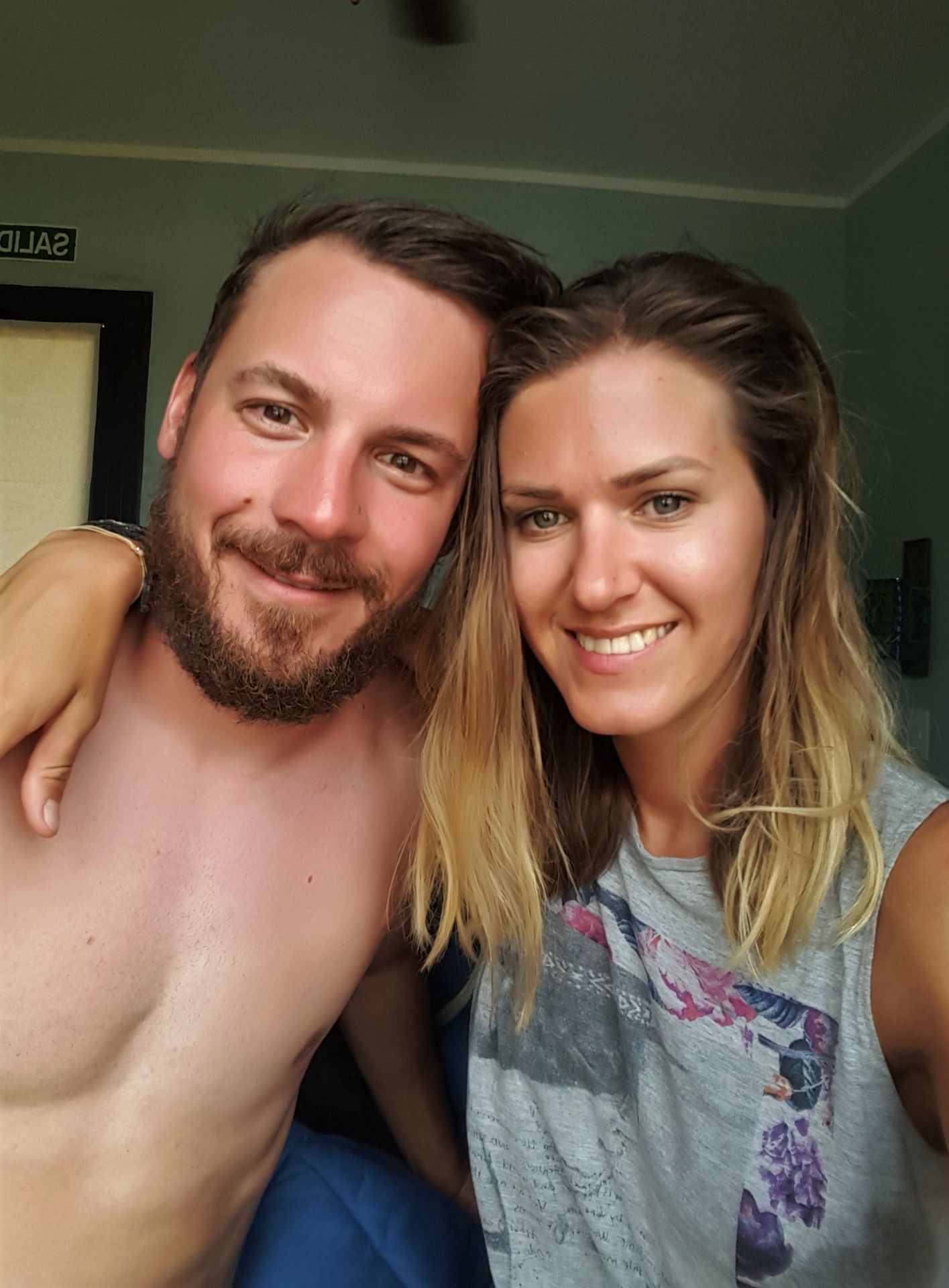
Hasta pronto!
E&L
>> Next stop: Chile <<
Habar býulletenine ýazylyň
Jogap
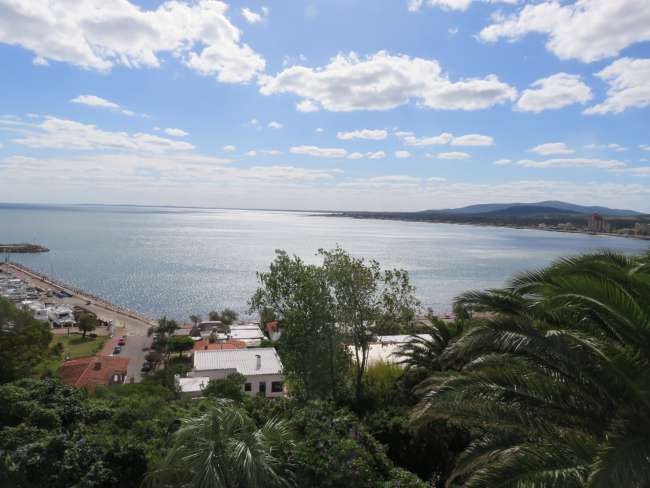
Syýahat hasabaty Urugwaý
